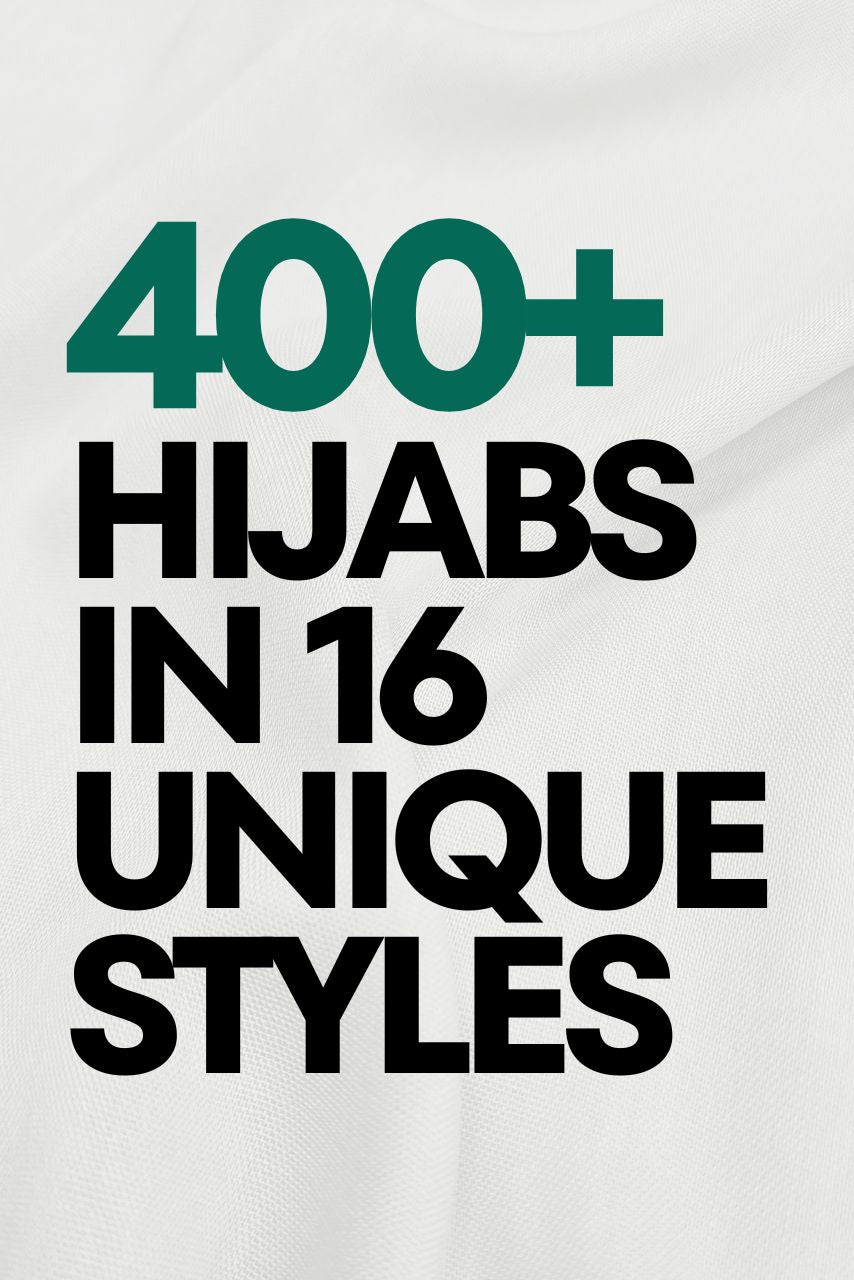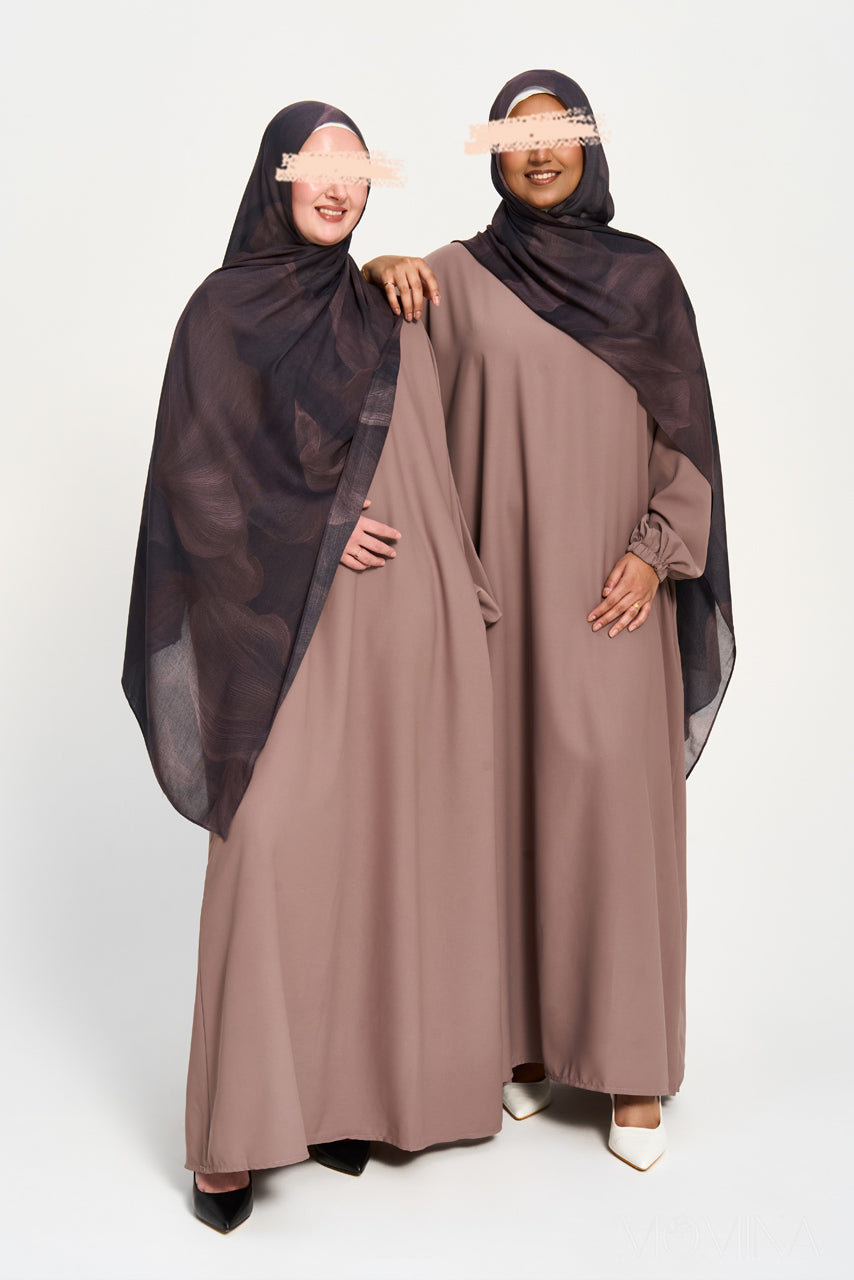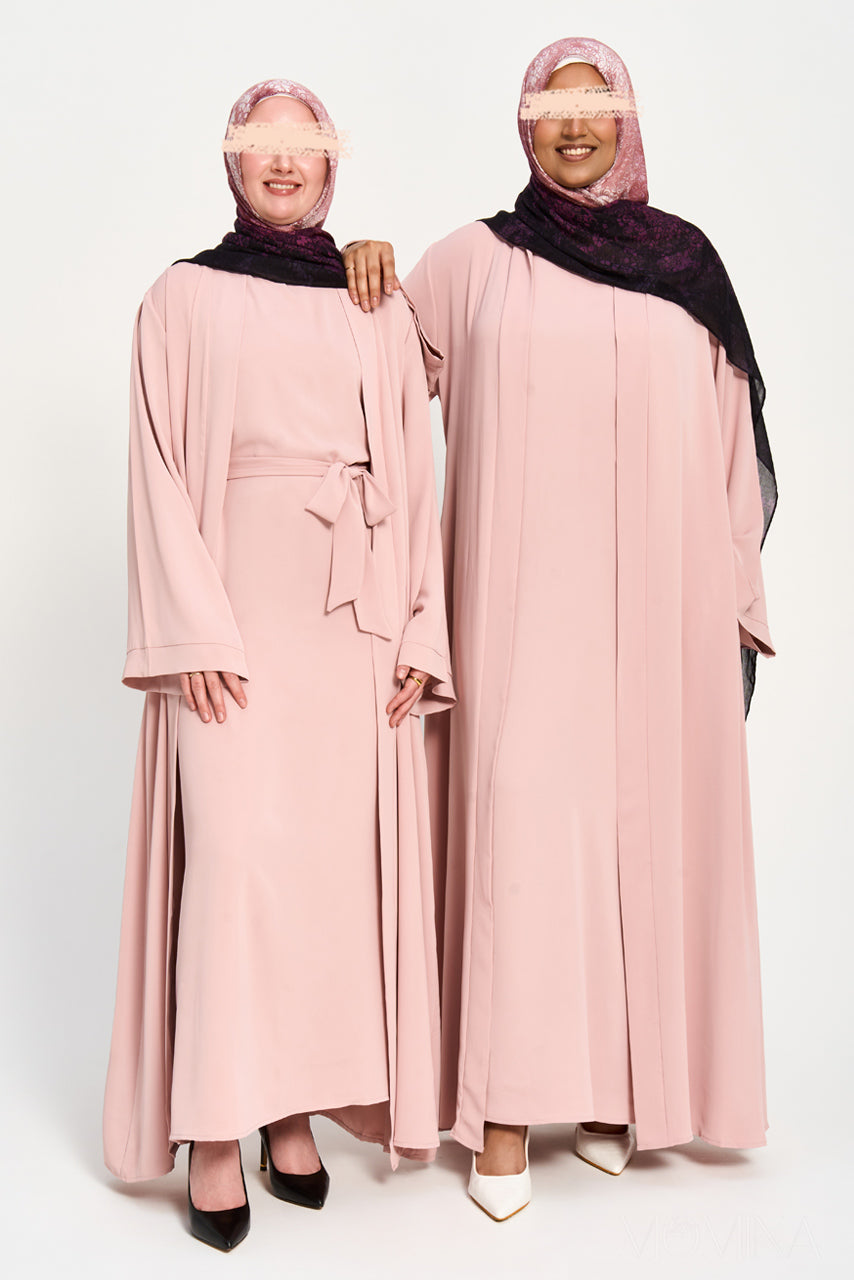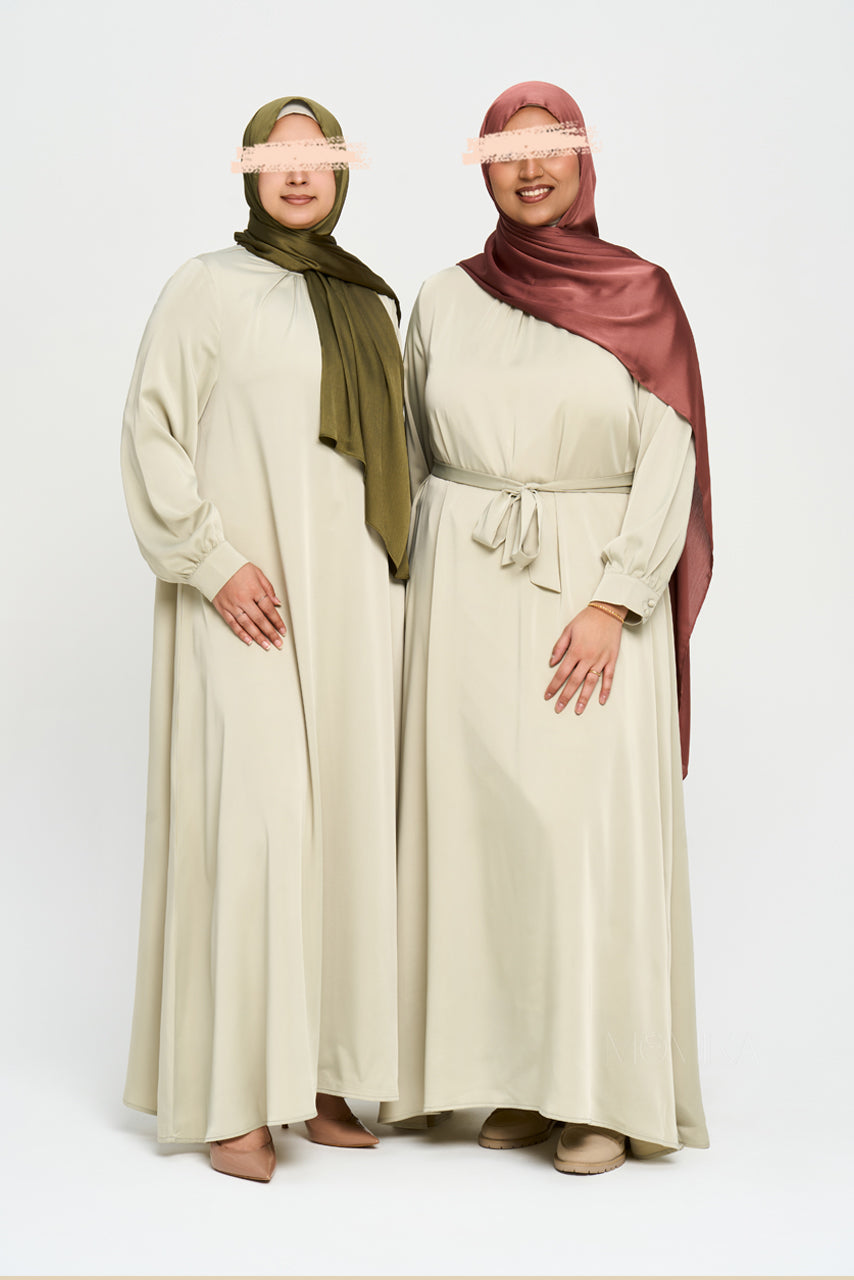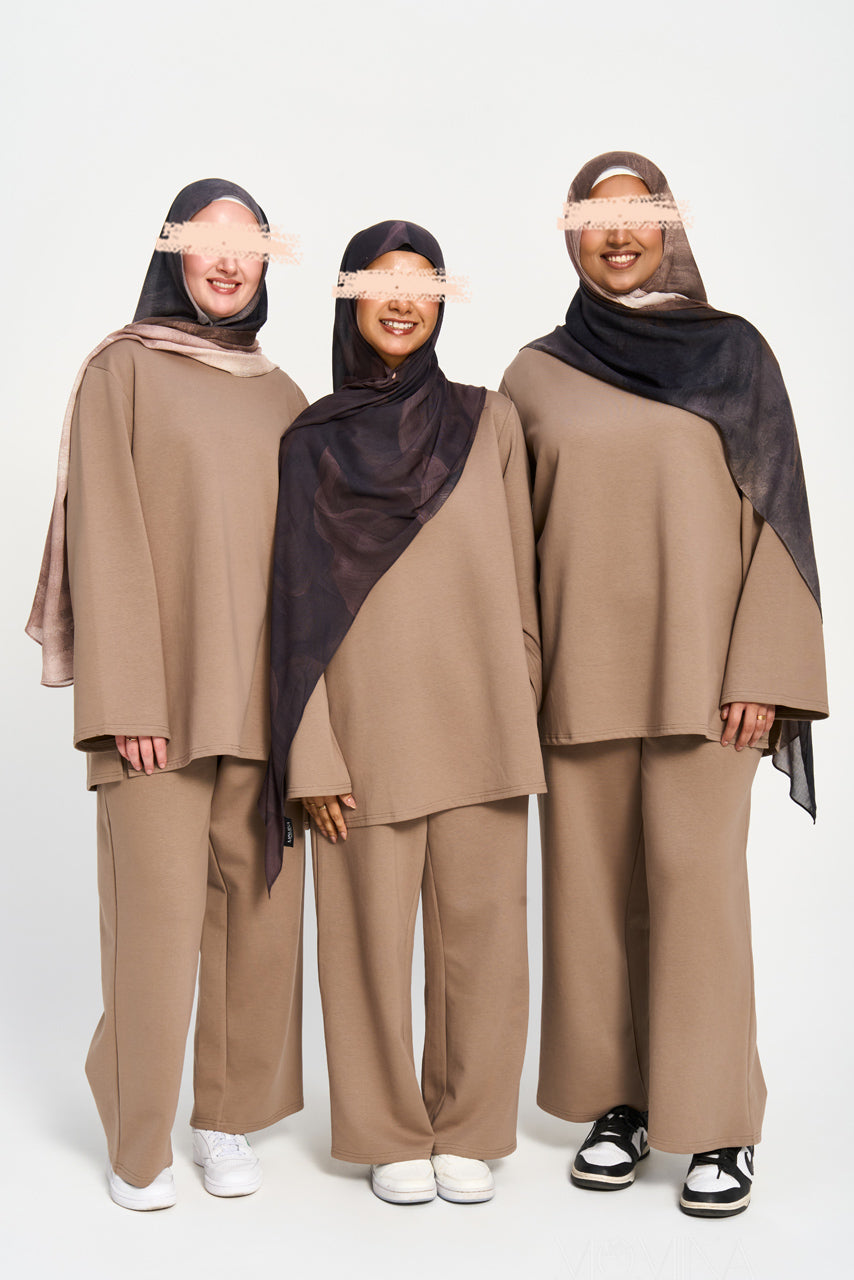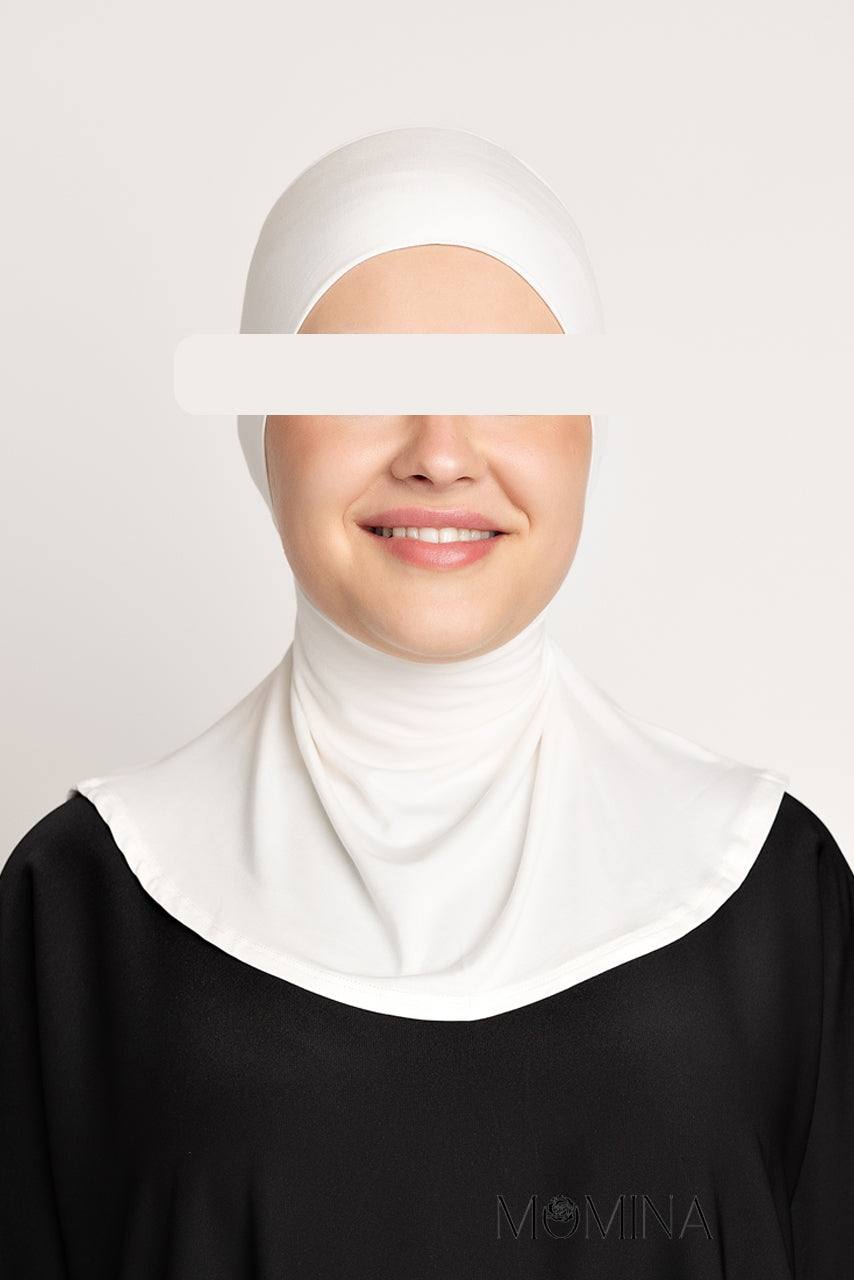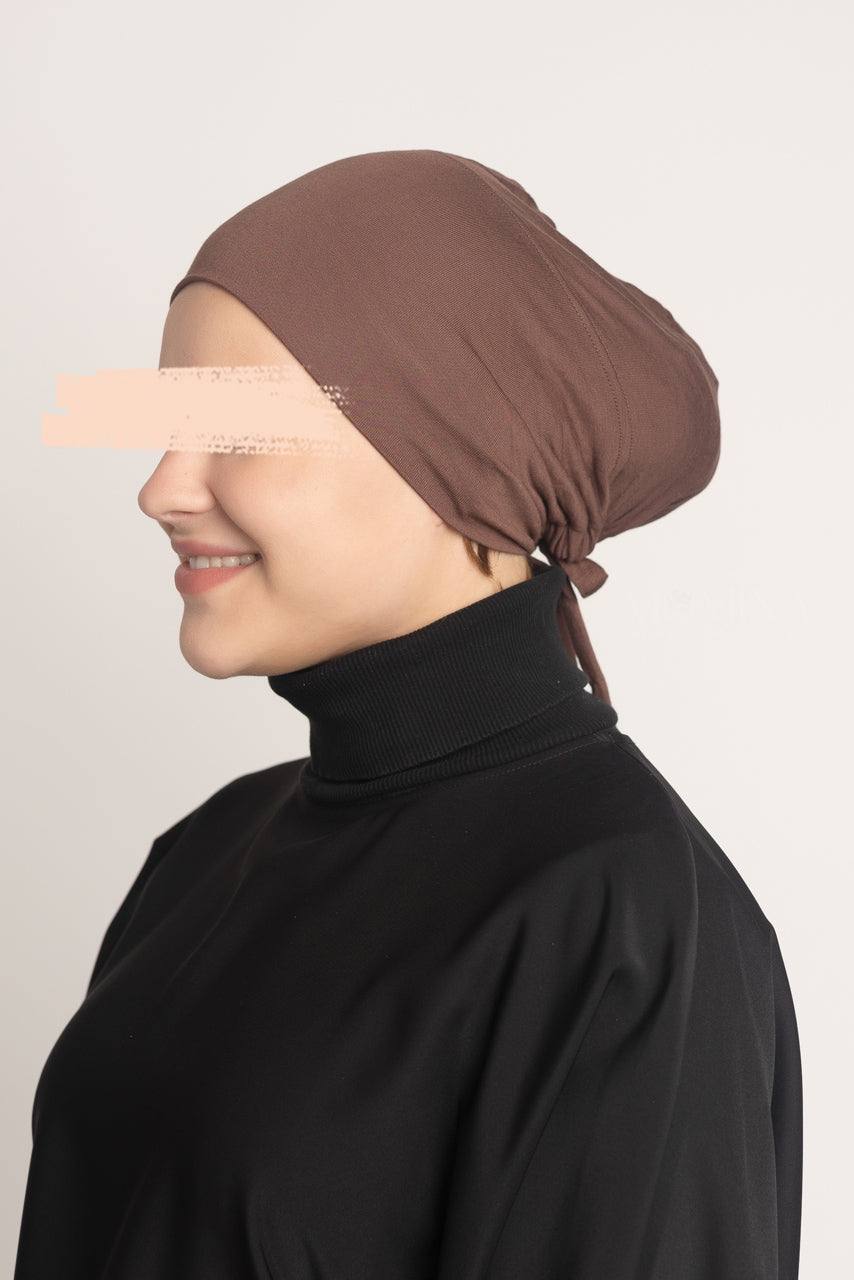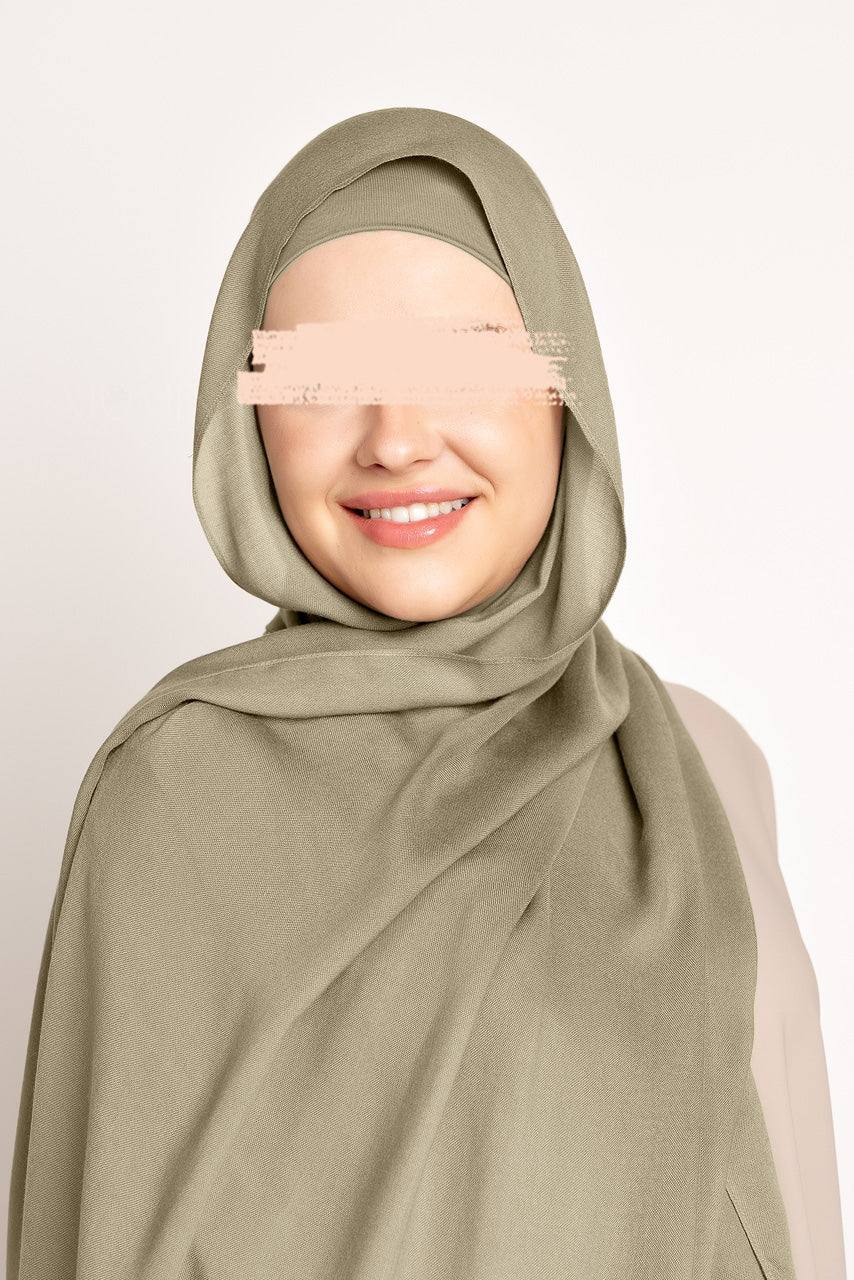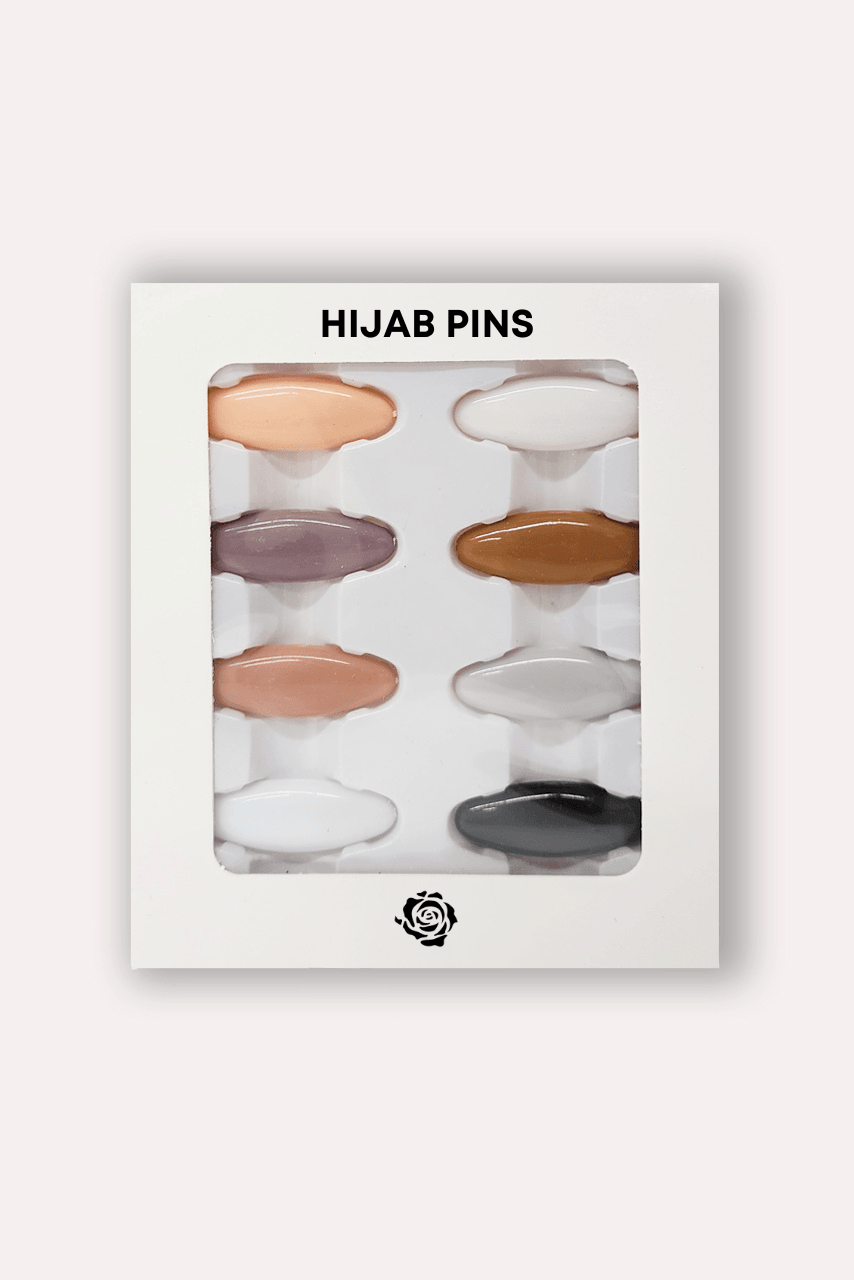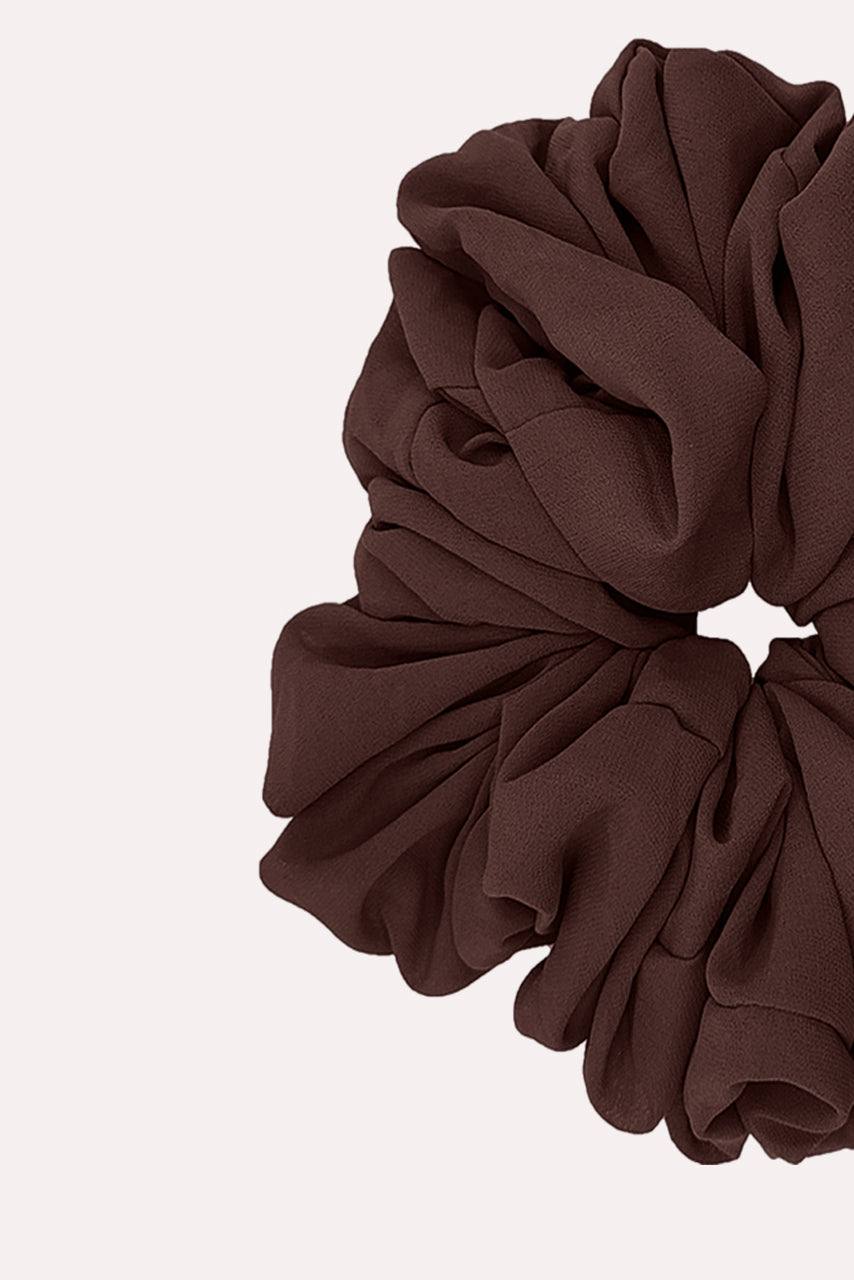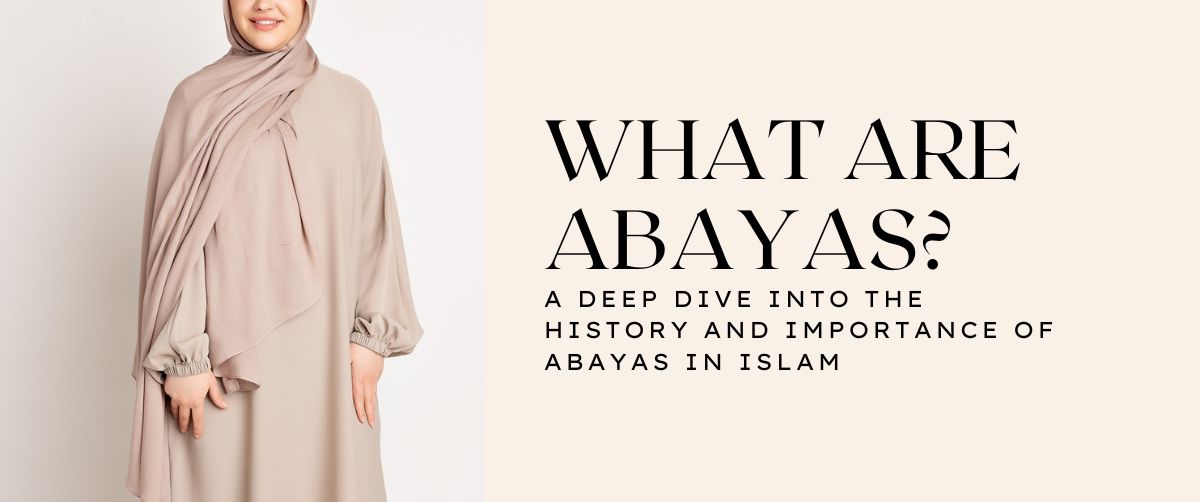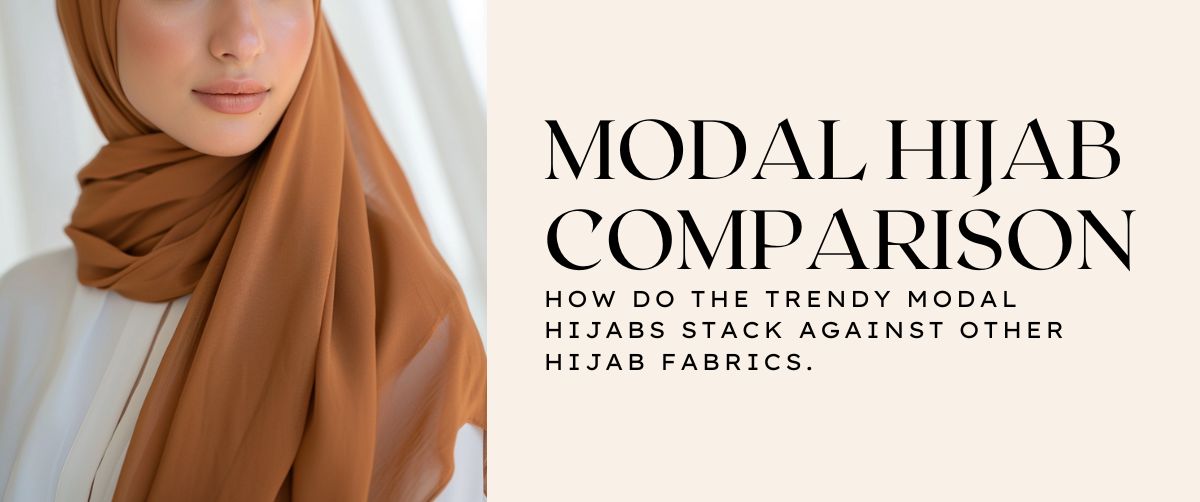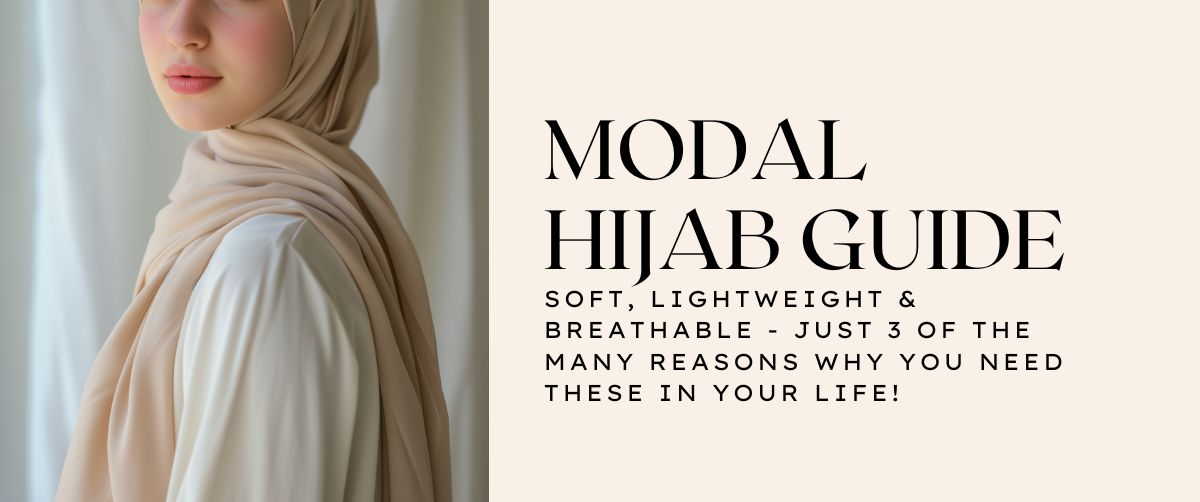Introduction
In the rich tapestry of Islamic culture, the abaya emerges as a garment of profound significance, embodying a blend of faith, heritage, and style. Often described as a simple, loose-fitting dress, the abaya is so much more—a statement of modesty, a cultural emblem, and a canvas for contemporary fashion. This piece invites you to explore the multifaceted essence of the abaya, celebrating it as a timeless symbol of elegance and identity for countless Muslim women worldwide.
What is an Abaya?
The abaya, derived from the Arabic word for 'cloak,' is a long, flowing robe traditionally worn by Muslim women. While its primary function is to provide modest coverage, the abaya transcends its practical purpose, becoming an expression of personal style and cultural pride. For many, it reflects inner devotion and an outward representation of one's faith and values. From minimalistic black designs to intricate, embellished creations, the abaya showcases various styles influenced by regional customs and individual preferences.
A Glimpse into the History of the Abaya
The abaya's origins can be traced back to ancient civilizations, where long, modest garments were common among both men and women. With the advent of Islam, the abaya evolved into a distinctive dress for Muslim women, symbolizing modesty and spiritual consciousness. Over the centuries, the abaya has adapted to various cultural shifts, maintaining its status as a timeless piece that reflects both tradition and modernity.
The Abaya in Islamic Tradition
In Islamic tradition, the abaya is often seen as a fulfillment of religious guidelines concerning modest dress. It embodies the values of humility, dignity, and respect, encouraging a deeper connection to one's faith. The Quran guides modesty, and while specific styles may vary, the abaya remains a prevalent choice for Muslim women seeking to adhere to these principles while expressing their individuality.
Exploring Abaya Styles and Trends
From classic cuts to contemporary silhouettes, abayas have evolved to cater to a wide range of tastes and occasions. Learn about the latest abaya styles, from everyday wear to special occasion pieces that make a statement. With modern adaptations incorporating colors, fabrics, and designs, abayas today are as diverse as the women who wear them. Whether adorned with delicate embroidery or crafted from luxurious fabrics, each abaya tells a unique cultural heritage and personal style story.
Abayas Beyond the Cultural Context
For many women, the abaya is more than a religious garment—it is a source of empowerment and a declaration of their identity. It challenges misconceptions about modest dressing and showcases that style, comfort, and modesty coexist. In its many forms, the abaya reflects a commitment to personal values while embracing contemporary fashion trends.
Dispelling Misconceptions About the Abaya
The abaya, like many cultural symbols, is often misunderstood or misrepresented. It may be viewed as a sign of restriction or oppression in some parts of the world. However, the abaya is a source of pride and a conscious expression of faith, dignity, and self-assurance for those who choose to wear it. Promoting a nuanced understanding of the abaya can help break down stereotypes and foster an environment of respect for individual choices.
Conclusion
The abaya is far more than just a piece of clothing; it is a living symbol of tradition, faith, and identity. It gracefully straddles the line between cultural heritage and contemporary fashion, allowing each wearer to define modesty and elegance. As we celebrate the abaya's journey from its historical roots to its modern-day interpretations, let us recognize and honor the diversity and beauty it represents in the lives of those who wear it.

